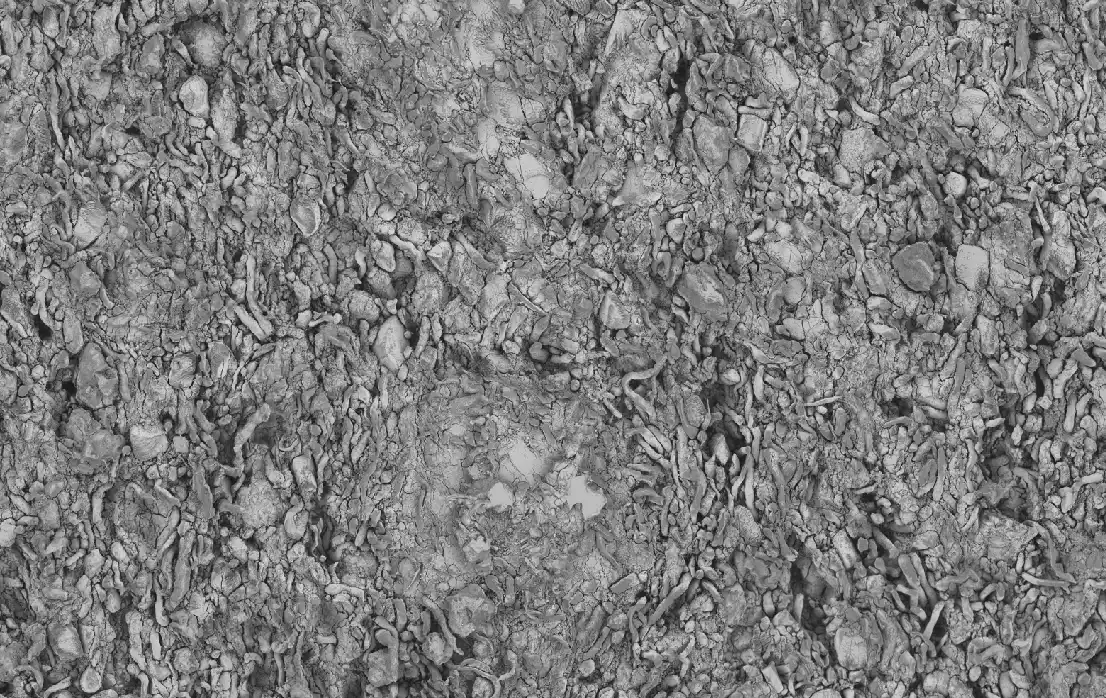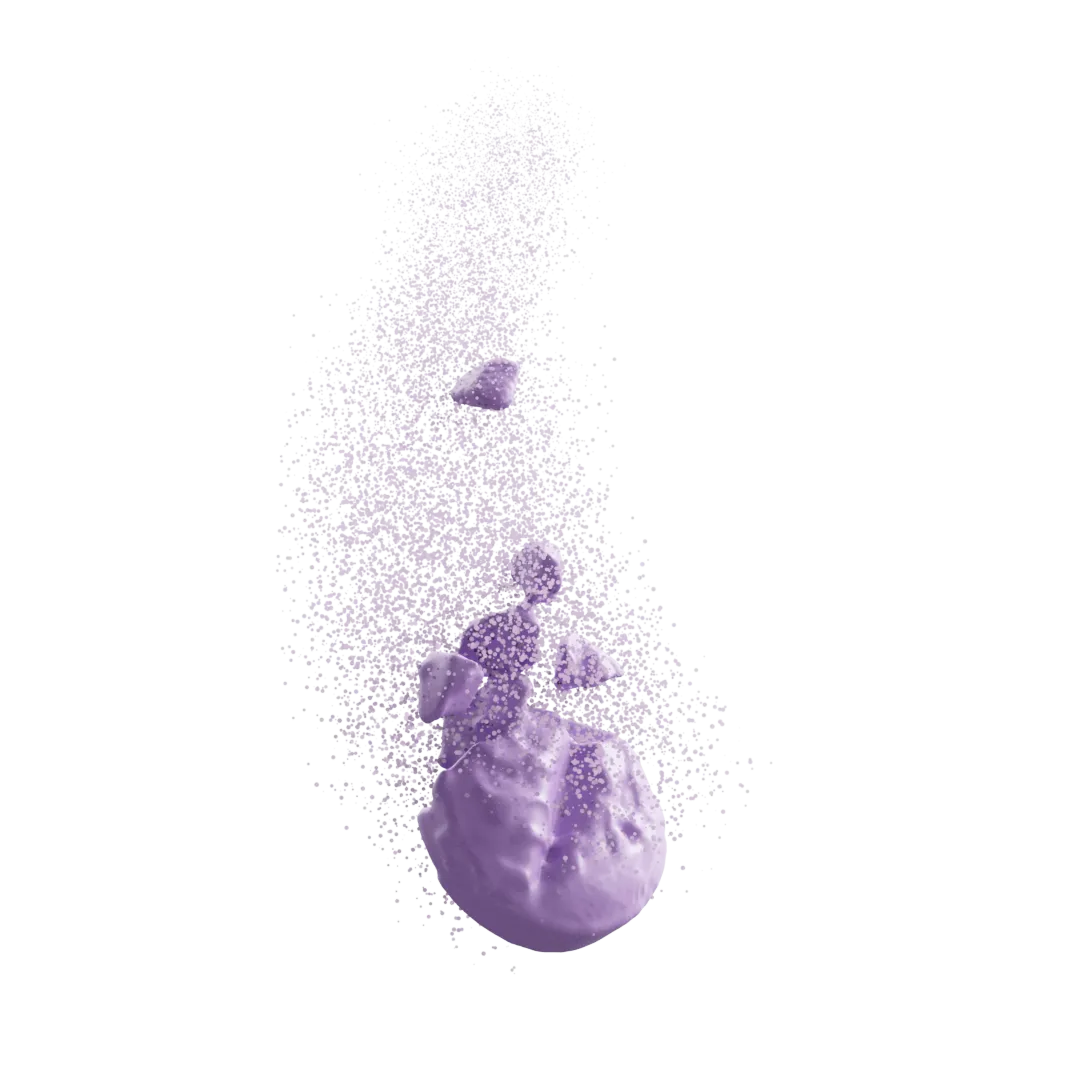Dissolution prediction from images is neither magic, nor regression.
Latest updates and common Q&A about image-based dissolution prediction

Since the release of dissoLab in January, it generated a lot of interest across different departments in the pharmaceutical industry, and across different industries including regulatory agencies. Amid the enthusiasm, a few common questions often bring a smile, or even a laugh, as they are “dissolved” in the discussion.
Dissolution modeling has been done for decades. So what’s new with dissoLab?

dissoLab tracks the full surface area evolution throughout the dissolution process, based on actual sample images, on a 3D per-pixel basis. That may sound like a mouthful. Mathematically, dissoLab handles surface area as a temporal and spatial function. Conventional dissolution models simplify the particles into spherical geometry. They do not consider surface roughness, aspect ratio, and complex morphological behaviors such as aggregation, intra-particle porosity, wall breakage, and particle split, all of which were considered by dissoLab. While conventional models apply Noyes-Whitney globally, dissoLab applies Noyes-Whitney locally on a per-pixel basis. In addition to S - surface area being a temporal and spatial function, D - drug diffusivity, h - boundary layer thickness, Cs - drug solubility, and V - media volume, are (or will be in future versions) all modeled locally on a per-pixel basis as a temporal and spatial function.
Some Common Questions
How can you possibly handle all these different, complex, and often unpredictable morphological behaviors?
dissoLab handles these behaviors implicitly by applying morphological operations on the imaging data. After ensuring that the particles captured in the images are representative, their morphological behavior can be tracked precisely using pixel erosions.
How can you computationally track many thousands of particles?
Well, why should that matter if the results are fast and valid? All jokes aside, dissoLab uses highly optimized 3D morphological operators with GPU accelerated structure synthesis. While it might appear unrealistically fast compared to MATLAB or Python research codes, dissoLab, along with other digiM I2S software algorithms, are engineered for industrial-scale performance..
How long does dissoLab run? What are the most time consuming steps?
A typical dissoLab run takes between a few seconds up to a couple of hours. The most time consuming case is when the user inputs a 2D image, which needs to be representatively synthesized into 3D, taking a couple of hours. dissoLab requires input images to be segmented. Depending on the quality of the images and complexity of the features, segmentation can take a few minutes (using digiM seg2D software) or a few hours. digiM can help with segmentation through our contract research team.
How do you ensure representativeness?
This is a great question, while the answer goes beyond the scope of dissoLab. The rationale is simple – if an image of a spherical particle is provided, dissoLab cannot predict the dissolution of a sample with a cube particle only using that input. Garbage in, garbage out, like in any modeling software.
With that said, dissoLab provides a suite of tools that can enhance representativeness from limited input data.
• When the input is a 2D image with a small number of particles, dissoLab employs a sGAN structure synthesis deep learning tool to generate a 3D image of particles, honoring the same morphology qualitatively and size distribution quantitatively. New populations of particles will be inserted to make the size distribution smooth.
• When the input is a laser diffraction size distribution, dissoLab allows the user to model different shapes.
• When the input is a single size measurement, dissoLab allows the user to model size distribution curves.
Have you validated dissoLab?
Yes. All dissoLab algorithms are verified with independent models, and validated with in vitro testing data. Some in vivo validations were also conducted and will become available. With that said, verification and validation require constant effort for specific development programs and regulatory needs.
Can you predict tablets, capsules, and granules?
Absolutely.
When the input is 2D or 3D images, dissoLab can predict dissolution from features captured in those images.
How the dissolution is set up, however, depends heavily on the dosage form. Porosity driven dissolution can be predicted easily. Disintegration, swelling, and controlled release will require more user control, which will be released in the next few months.
How much in vitro testing data is needed to build your model?
dissoLab is not a regression model, thus does not need any in vitro testing data to predict.
Conventional dissolution models have several control parameters. Some are measured. For those that can’t be measured, in vitro testing data are used to curve fit the prediction with an empirical control parameter. Such parameters are thus dependent on the in vitro testing data, which makes the prediction empirical. One example control parameter is porosity. Porosity is a property intrinsic to the sample, which is independent from the in vitro testing method. If a prediction model determines porosity using in vitro testing data, it immediately becomes unpredictive if either porosity or release environment change.
In dissoLab’s prediction, imaged microstructures capture particle size, particle morphology, and porosity. Microstructure-independent control parameters are solubility, drug diffusivity coefficient, and release media. Sample microstructures, chemical properties, and dissolution media are considered independently.
Concluding remarks
My initial reaction to the “what’s new” question was “isn’t it obvious?”. As I gain more insight from the prevailing dissolution modeling approaches, I realized “new” is subjective. Here is a rundown list of what “maybe” new in dissoLab to scientists who have an acute interest in dissolution,
1. Using any 2D images to predict dissolution improves accuracy, enables rank-order developability assessment, and saves significant material..
2. Your current dissolution model is most likely treating surface area insufficiently, and perhaps wrong for certain complex particle systems such as spray drying dispersion.
3. The deconvolution of surface area of sample microstructures from dissolution media and flow conditions is very powerful and can be critical in developing a biorelevant dissolution method.
4. The utility of images as critical inputs qualifies dissoLab as an ín vitro (in silico) method, not just an in silico method.
5. Research and Matlab codes can be very slow. If dissoLab runs 10-100 times faster than your current model, it can fundamentally upgrade your development workflow.
6. dissoLab web access is readily available through a subscription.
7. It is entirely possible that your current model is better, faster, and more accurate. dissoLab can be customized to integrate your model.
Start a trial today.
More Blog Articles
Transform Your Program with Microstructure Science
Get started with a drug product digital twin.

























